A Contraceptive With a Failure Rate of 1 Means
The most common factors associated with failures were inconsistent OC use 422 vomiting diarrhea or both 183 and antibiotic use 156. During a year of typical external male condom use about 13 out of 100 sexually active people become pregnant.

Reconstructive Facial Plastic Surgery On Humanitarian Mission Trips Otolaryngology Facial Plastic Surgery Middle Ear
The 12-month failure rate varied across subregions.
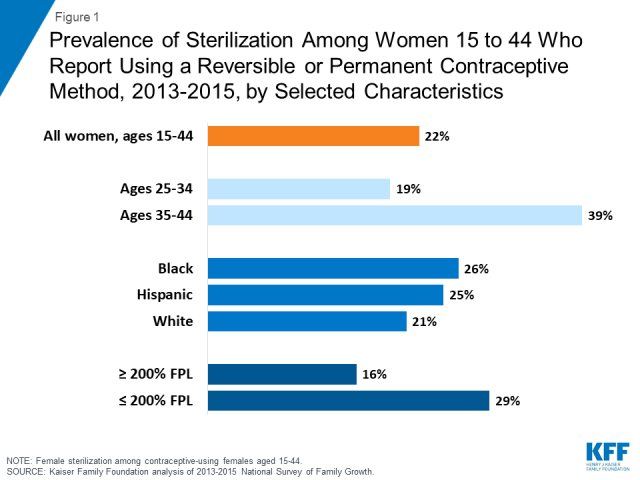
. Table 2 shows the cumulative percentages of women experiencing a contraceptive failure within 12 24 36 48 and 60 months. Ad An IUD Is A Non-Daily Birth Control Option - See If Its Right For You. Oral contraceptive pills on the other hand have a failure rate of 01 this means that 1 woman out of every 1000 oral contraceptive users will become pregnant during a year.
1 out of 100 women using this method will become pregnant every year. Out of 100 nulliparous Women Using Contraceptive Sponges Nulliparous is a medical term that means a woman has never given birth to a baby. There were 31 million in 2001 alone the last year for which data are available Finer and Henshaw 2001Half 48 of these pregnancies were due to contraceptive failure while the other half occurred to the small.
Note that the failure rates are for the average use of the method. Efficacy perfect use. Different methods of birth control can be highly effective at preventing pregnancy but birth control failure is more common than most people realize.
All of these concerns could potentially be mitigated by use of male condom by the male healthy volunteer or patient. On the flip-side during a year of perfect condom use that number drops to about 2 out of 100. Progestin intrauterine device IUD 05.
And 3 competence and honesty of. Around 6 in 100 women will get. Overall 765 of woman experienced a failure within the first 12 months of contraceptive use and 1660 within the first 60 months 5 years of use Figure 1.
The range was 0213 per 100 episodes of use for implants 0922 for IUDs 0942 for injectables 3685 for oral contraceptive pills 2287 for male condoms 78171 for withdrawal and 61209 for periodic abstinence. Fewer than 1 in 100 women will get pregnant in a year depending on the type of IUD. The number of women who use contraception during their first sexual intercourse has decreased since 1985.
A contraceptive with failure rate of 1 means which of the following. Some responses mention requirement for highly effective methods. IUCD see below 03-4.
In particular users of the TCu 380A experience very low failure rates only about one percent. A meta-analysis of two studies showed that women who used ECPs with UPA had a pregnancy rate of 12. During 112659 woman-years of OC use 545 unplanned pregnancies were reported 05 pregnancies per 100 woman-years of use.
The effectiveness of contraceptives depends heavily on how consistently and correctly people use them. 1 the inherent efficacy of the method when used correctly and consistently perfect use and the technical attributes of the method that facilitate or interfere with proper use. A hormone injection given every 1-3 months.
Learn How An IUD Option May Be A Helpful Option If Youre Trying To Prevent Pregnancy. Sets with similar terms. Sometimes you will see information that refers to a methods effectiveness rate instead of its failure rate.
The implant and the intrauterine device are the most effective reversible contraceptive methods available. These methods have failure rates of less than 1 in both typical and perfect use. The typical use failure rate is 01 to 04 which means that out of 100 people using this method for a year fewer than one will get pregnant.
Birth Control Failure Chart. Ideally ECPs with UPA ECPs with LNG or COCs should be taken as early as possible after unprotected intercourse within 120 hours. Despite the widespread use of highly effective contraceptive methods it is estimated that 49 of pregnancies are unintended in the USA.
Implanon 3 fewer than 01 in 100 over 3 years 3 Mirena coil. Perfect use failure rate. Here is a chart displaying birth control failure rate percentages as well as common risks and side effects.
Fewer than 1 in 100 women will get pregnant in a year when using contraceptive injections regularly. The effectiveness rate is just the opposite of the. 1 Click IUD link in graphic for failure rates by IUD type They have failure rates of less than 1 for.
Older types are less effective. Progestin only pill - mini-pills. Contraceptive Sponges.
Monthly injection or combined injectable. 17 Women Become Pregnant. Typical use failure rate.
The estimated failure rate was 08 after 1 year of use and 17 after 4 years. Contraceptive injection Perfect use. 2 characteristics of the user.
Consistent and correct use. 9 Women Become Pregnant. Failure Rate defined as pregnancies 100 woman-years Norplant.
This slide shows the difference in contraceptive failure rates for different contraceptive methods. Depo Provera 05. Hormonal Contraceptive Implant A hormonal contraceptive implant is a small plastic rod-shaped device that is implanted under the skin of the arm.
An emergency high dose of birth control pills taken within 72 hours three days of sex. Factors that affect contraceptive failure rates and probabilities reported in the literature can be usefully divided into three categories. Combined oral contraceptive - the pill.
Studies have shown that ECPs with LNG had a pregnancy rate of 12 to 21 1 2. Birth Control Pill Oral Contraceptive A hormone pill taken by mouth. Copper-bearing IUDs are among the most effective contraceptive options available.
1 Restoring fertility after undergoing one of these procedures is possible but difficult. When contraceptive methods are ranked by effectiveness over the first 12 months of use corrected for abortion underreporting the implant and injectables have the lowest failure rates 2-3 followed by the pill 8 the diaphragm and the cervical cap 12 the male condom 14 periodic abstinence 21 withdrawal 24 and spermicides 26. A failure rate or pregnancy rate of 85.
The use of a restricted definition of contraceptive A number of methodological reasons may explain the lower failures limited to unintended pregnancies reduces the prob- estimates of failure rates we found in this study which should ability of contraceptive failure by 29 from 94 to 67 thus be interpreted with caution. More than 99 effective.

8 اسباب تؤدي الى عدم انتظام الدورة الشهرية عند النساء Menstrual Cycle Irregular Menstrual Cycle Menstrual

Pin By Natalie Notnice Hall On Topics Birth Control Birth Control Pills Pill

Ella Emergency Contraceptive Efficacy And Considerations

Choosing Contraception Based On Effectiveness Our Bodies Ourselves

Hormonal Birth Control Failure What Makes Contraception Like The Pill And The Iud Fail

How Effective Is Birth Control Chart With Pill Shot Patch Iud

How To Find The Best Birth Control Method For Your Lifestyle
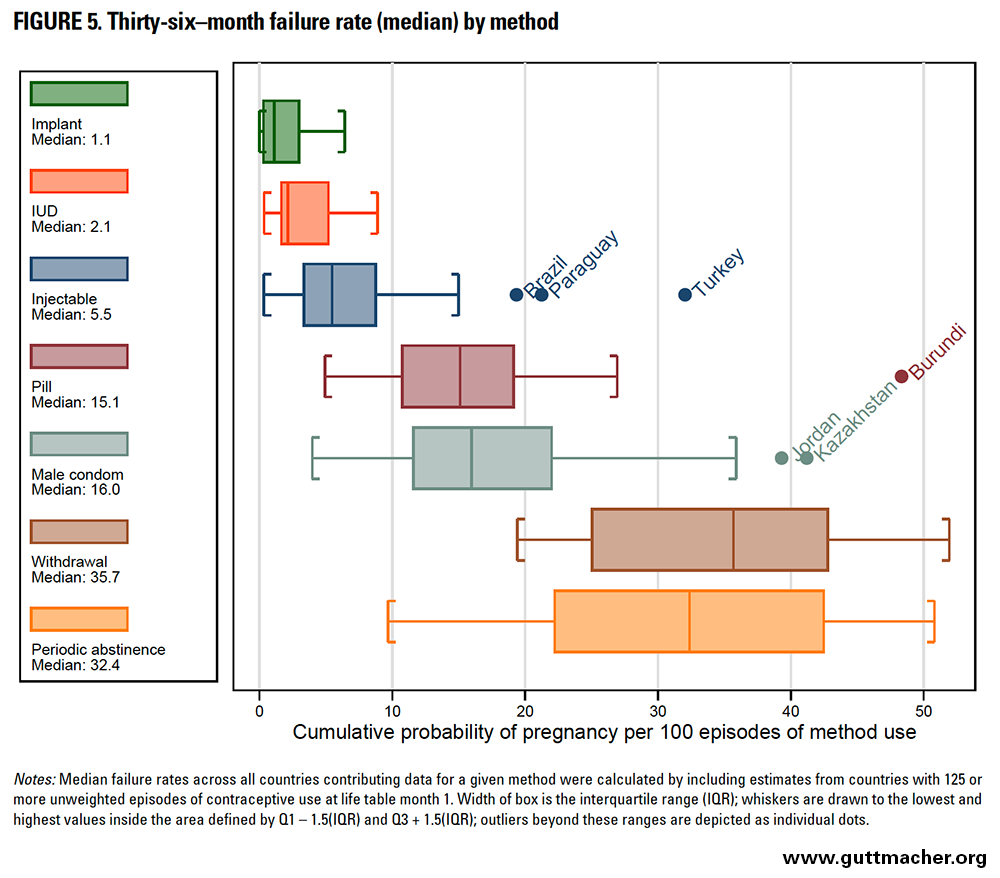
Contraceptive Failure Rates In The Developing World An Analysis Of Demographic And Health Survey Data In 43 Countries Guttmacher Institute

Birth Control Failure Rates American Pregnancy Association

How Effective Is Your Contraception Family Planning
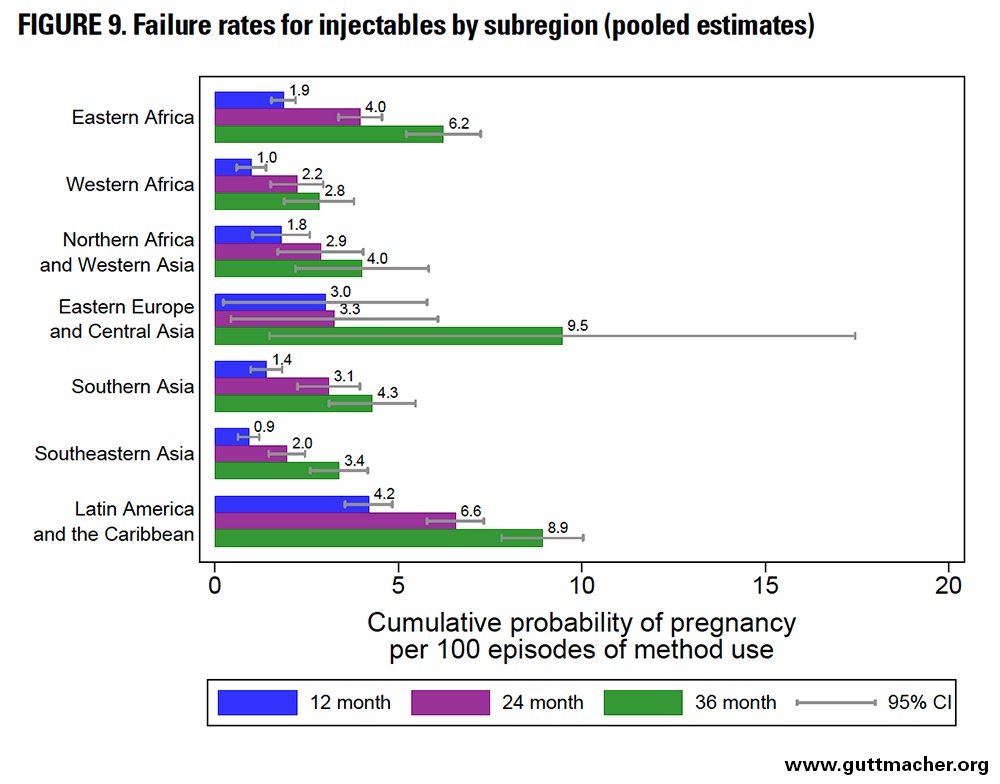
Contraceptive Failure Rates In The Developing World An Analysis Of Demographic And Health Survey Data In 43 Countries Guttmacher Institute
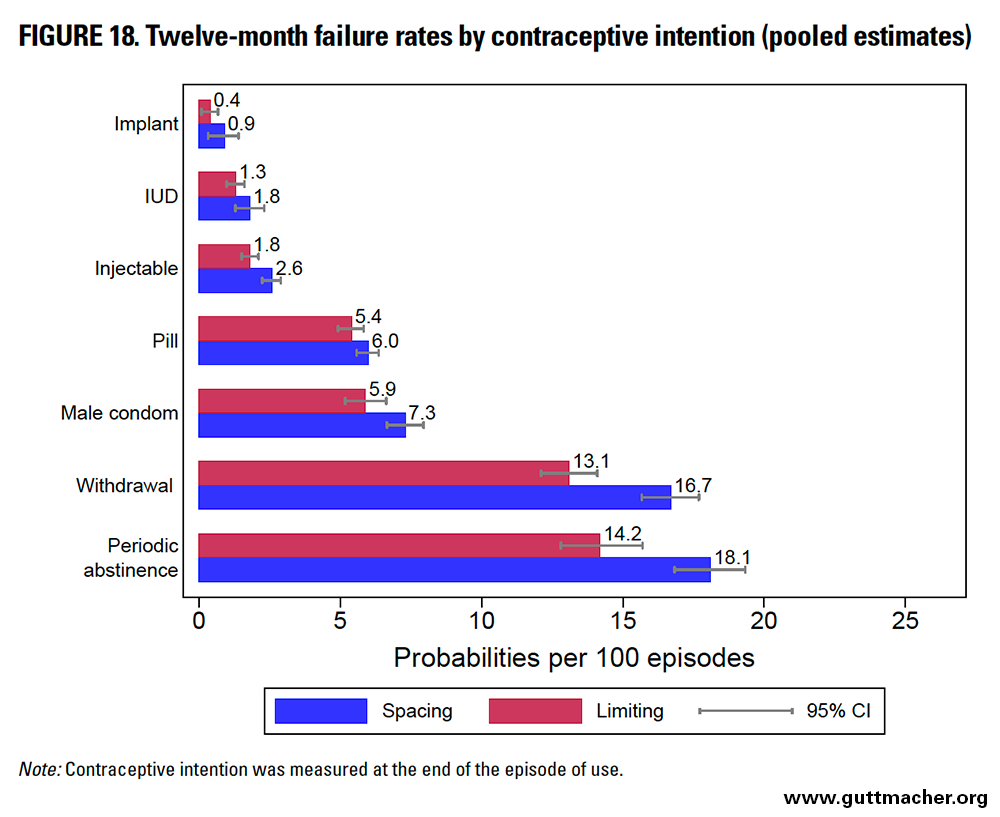
Contraceptive Failure Rates In The Developing World An Analysis Of Demographic And Health Survey Data In 43 Countries Guttmacher Institute

A Genetic Mutation Might Explain Why Birth Control Can Fail Wired

How Effective Is Birth Control Chart With Pill Shot Patch Iud

Birth Control Pill Side Effects Risks Alternatives And The Shot
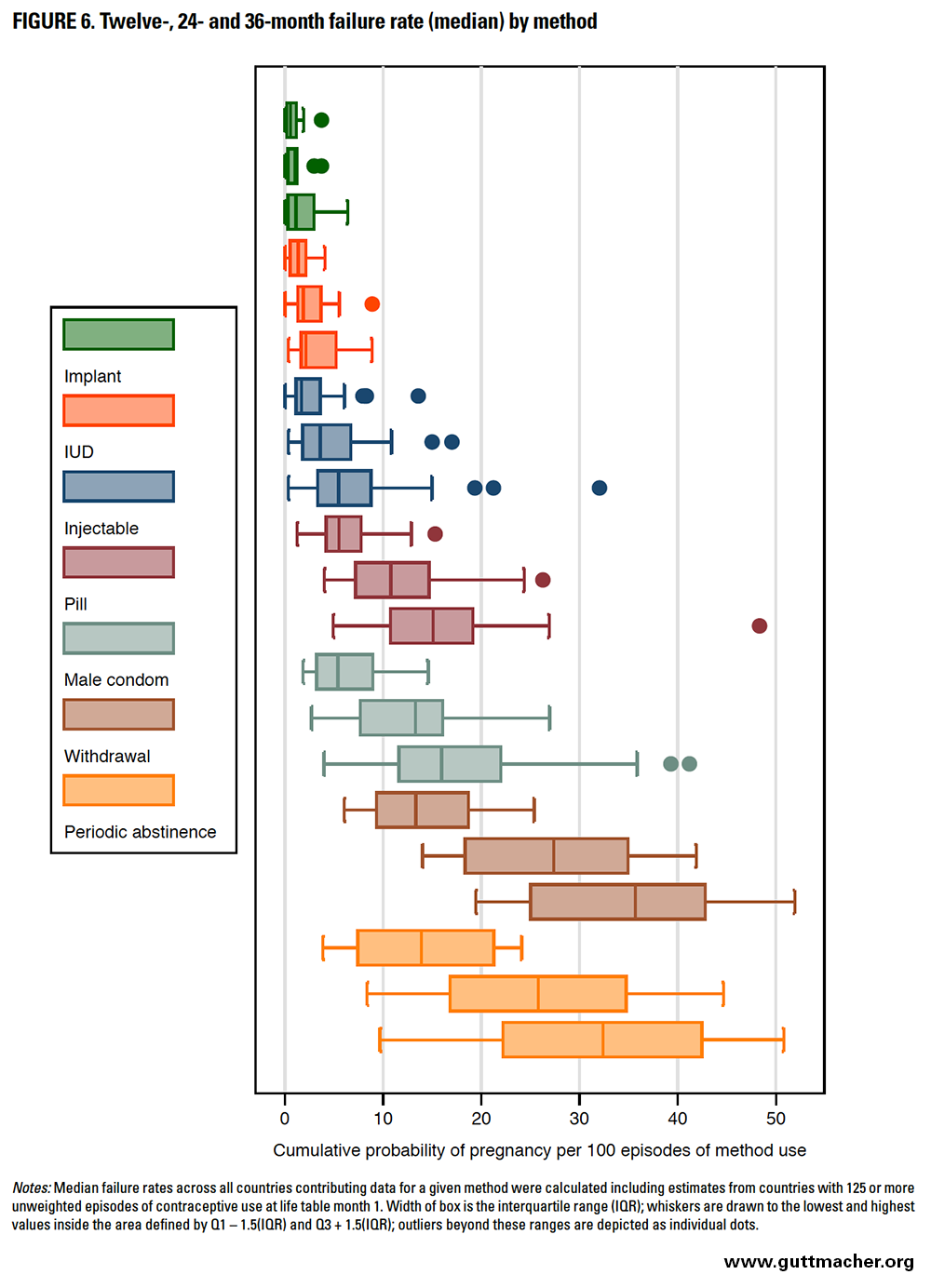
Contraceptive Failure Rates In The Developing World An Analysis Of Demographic And Health Survey Data In 43 Countries Guttmacher Institute

Contraceptive Effectiveness In The United States Guttmacher Institute
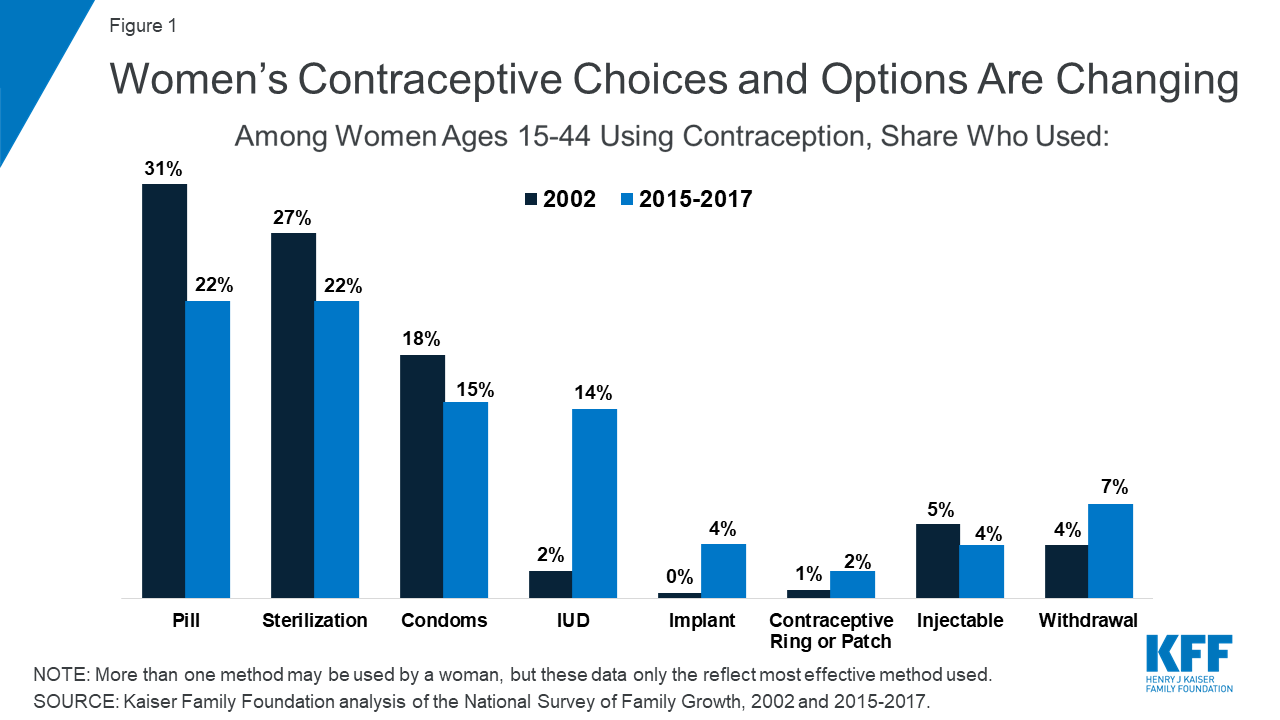

Comments
Post a Comment